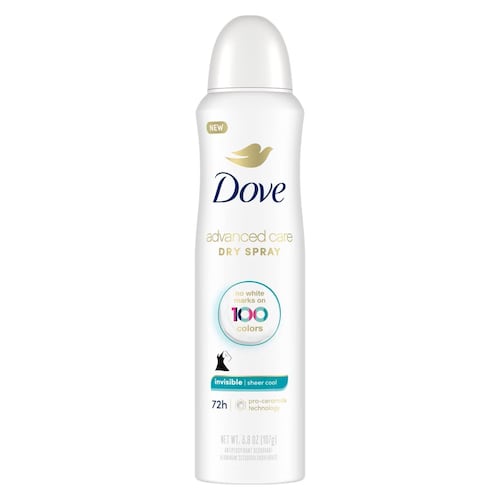Think twice before you use the term plus-size -- at least in reference to someone's body.
The term has been increasingly declared politically incorrect, in large part thanks to a "plus-size" social media feud between actress/comedian Amy Schumer and Glamour magazine last month.
Schumer went in on Glamour for featuring her in their plus-size issue without her knowledge . The magazine listed her name, along with Adele, Melissa McCarthy and Ashley Graham as women who inspire them. Schumer took to Insta to let them know she wasn't happy -- since she wears a size 6 or 8.
The magazine's editor, Cindi Leive, apologized to Schumer in a series of tweets and clarified the magazine's intention. This month, in their June issue, the publication took another step toward reconciliation by polling women on their feelings about the term plus-size.
In the survey, 56% of respondents said plus-size has negative connotations. A better term, according to 63% is hourglass.
The majority of respondents (83%) said the word fat is totally offensive but the words chubby, boyish, apple-shaped, top-heavy and ruler-shaped didn't fare much better.
The term that received the most universal acceptance was healthy -- 74% of women said it made them feel good. This is interesting, considering that in some cultures, the term healthy has historically served as a euphemism for plus-size, so, there's that. I guess we can assume the survey respondents aren't part of those cultures.
This isn't the first time the term plus-size has been questioned. The debate started years ago when the general public discovered that models labeled plus-size were actually a size 10 or 12.
Generally in America, plus-size clothing is considered size 16 and up. Of course, some fashion brands start plus-size at size 14. But we all know how haphazard clothing sizes have been since the advent of vanity sizing -- one girl's 12 is another girl's 16.
For the sake of context, let's go with the finding that about 70% of American women wear a size 14 or higher.
Since the fashion industry is the primary entity that is forced to offer some type of sizing label, we should probably look there for solutions.
Companies like ModCloth , for example, are ahead of the curve.
In 2014, the online retailer ramped up its plus-size offerings based on a survey that found more American women wear a size 16 than wear sizes 0, 2, and 4 combined.
But a lot of retailers have discovered the benefits of expanding into larger clothing sizes. Last year, Target, after a particularly contentious relationship with its healthy shoppers finally introduced Ava & Viv, a line designed specifically with the healthy in mind.
What makes ModCloth standout, is their revolutionary decision to stop segregating sizes. Unlike department stores that often house healthy clothing in sections labeled Women's or otherwise, on the main page of their website, ModCloth clothing, from sizes XS - 4X peacefully co-exists. Healthy models of all sizes appear in images together. You won't find a reference to plus-size unless you click on the "sale" tab and even then, the most prominent reference is to extended sizes.
Other than some complaints about quality from customers (which is almost a given when you are dealing with fast fashion), ModCloth seems to be pulling off the impossible, selling clothing without regard to size.
About the Author
The Latest
Featured


